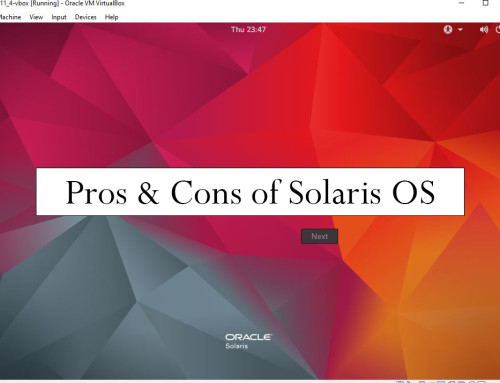For building smaller software, developers usually don’t follow any rules and just start coding with little planning. But for building commercial high-end software companies follow rules and regulations.
In software engineering, we use software development life cycle (SDLC) to develop complex software. It is an international method for software development. So let me first define what SDLC is.

Definition of SDLC
SDLC or software development life cycle is a process used to build high-quality software with quality assurance in mind and making software which is error-free, cost-effective, well tested and fast.
Before delivering software to the client it should be noticed that it is fully tested both the developers and client. So that when the software is used by the customers then it is 100% working. You cannot build software which gets no error at all but software developers should try their best to follow different stages/phases of SDLC for safety and best practices.
There are 7 phases of SDLC which are used to build high-quality software.
Phases of SDLC
Below are 7 phases of SDLC:
- Requirement analysis
- Planning
- Design
- Coding
- Testing
- Deployment
- Maintenance
Let me explain each of these phases.
Requirement analysis
In this phase, competitor data is gathered and problems in the current built software are noted. Data is gathered from stakeholders, customers, developers, salespeople and entrepreneurs. Different surveys are also conducted to get new ideas. The final data is then organized to make decisions about how much time it takes to deliver the software.
Planning
In the planning phase, different costs of developer team are calculated. For example, how many developers are needed, how much time is given to each part of development? Making timetable of work is also discussed in this phase. All the expense of needed resources is estimated. Different questions are asked to developers to get an idea about an overall period, budget etc.
Design
The design phase includes how the software looks like and which programming language is to be used. It also involves on which platform the software or application runs. There are different platforms including, windows, Linux, macOS, android and iOS. Also how the application communicates with its other parts. Security of software is also discussed in this phase.
Coding
Coding is the longest phase in which actual code is written by the programmers. Programmers use different high-level language like Java, Php , Python, C++ to write code. The programming language depends upon the type of software need to build. If you need to develop web application then Php or Java can be used and if you want to develop desktop application then Python or C++ is good. And for mobile apps, you can use Java, Kotlin, Swift etc. Programmers need to follow some coding styles like using camelCase in defining variables. Programmers keep their attention to compilers, interpreters and debugger for better code quality.
Testing
After the coding is done, the code is tested for any errors. The software is checked if it has any defects in executing. All the faults are removed from the software. The quality assurance team do various tests on the software. All the problems are tracked, reported and fixed in this phase. If the final product is according to the standards then it is moved to the next phase.
Deployment
The software product is finally deployed to the production environment. But before deployment, it is again checked by the client team and beta version of the product is first given to customers. If any customer reports the error then it is fixed before launching the final product.
Maintenance
After the deployment of the product and when customers start using the product then feedback is given from the customers. Some customers may not be happy with products. Maybe they need a new feature added to the product or they want to remove any feature. Or they get any errors that should be removed. So all these issues are fixed in the maintenance phase.




